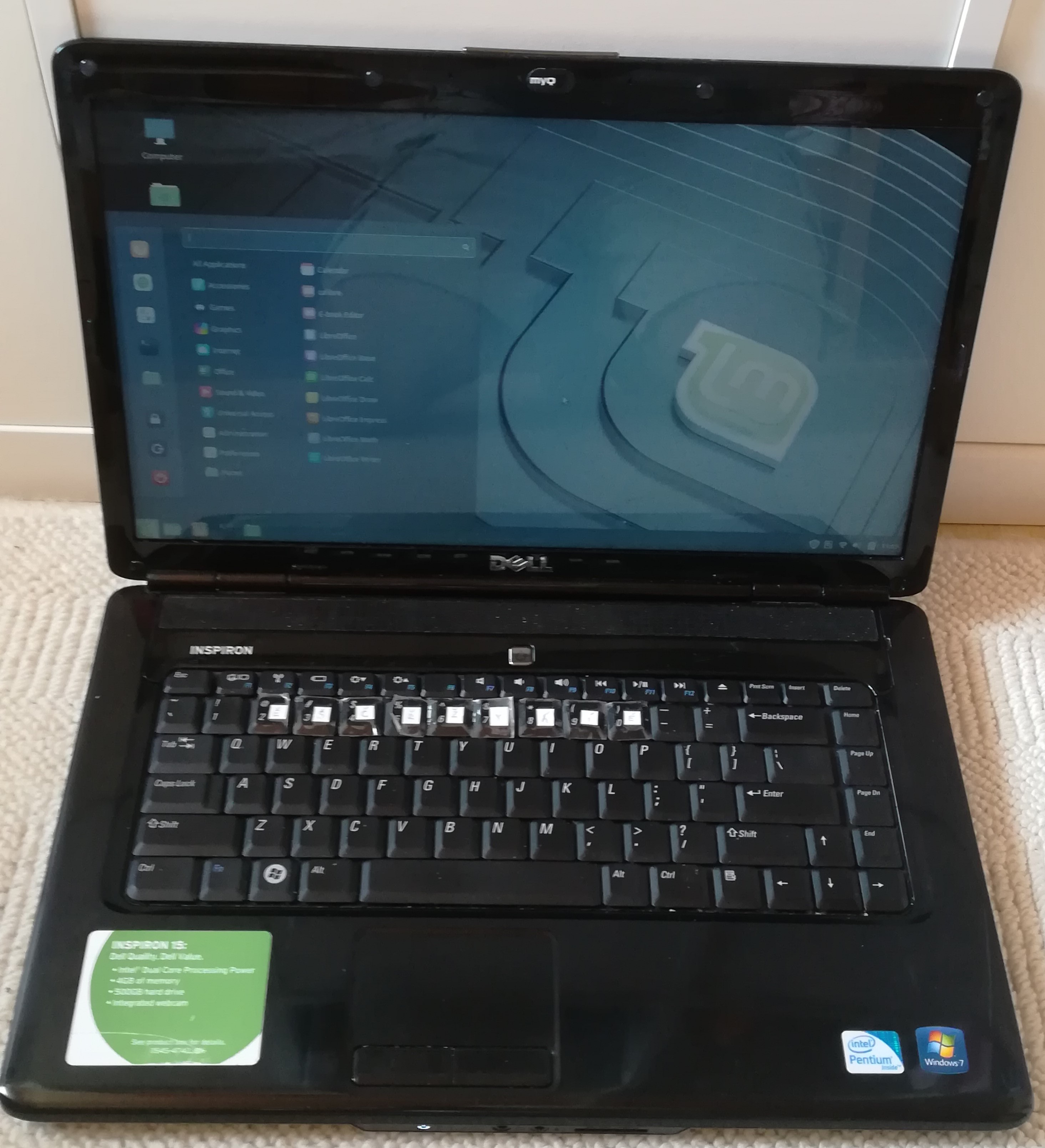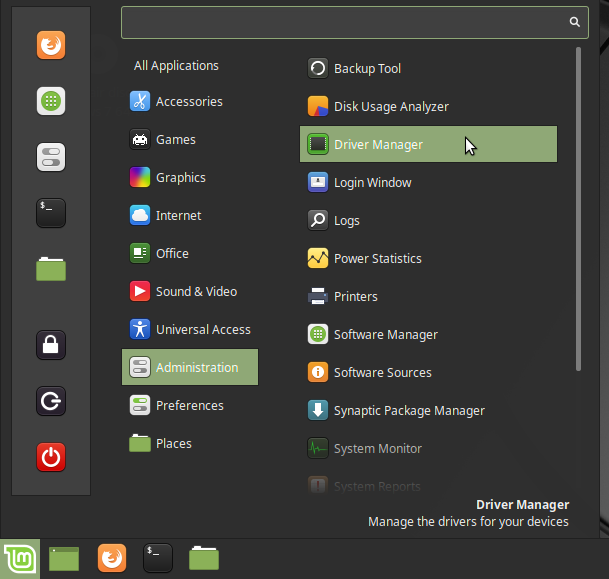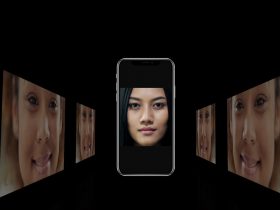Is the coming end of Windows 7 tempting you to take Linux for a test ride? The options are multiple: Ubuntu for beginners, Mint Cinnamon for a cool look, Elementary for wanna-be Mac owners. Better yet, you can try them all out with a handy USB stick before making any permanent changes to your device. With the Windows 7 countdown clock ticking away the months towards January 2020, you have just enough time to take a pressure-free leisurely test drive.
It’s a real option
Linux is a real option – even for the non-geek. Some of the popular distros (as the various Linux flavors are called), have been made to sharply reduce the need to enter any specific Linux codes into the terminal/ command line box. Almost all of your needed apps – Firefox browser, LibreOffice free office suite, Steam for gaming, and more are already included in the package deal. Just type “Linux for beginners” and you’ll see lots of articles and options.
Don’t drink the Kool-Aid
Numerous online articles say using Linux is easy. One wise guy even timed his start-to-finish Windows Linux conversion time at around an hour. But, these articles are written by Linux fans — and that is a huge problem.
They know their stuff all too well. It’s like getting car driving pointers from Valentino Balboni. As the former test driver for Lamborghini, he is an amazingly fast and intelligent driver. But any pointers he might have are not applicable to driving the family car with children prone to motion sickness.
What would be truly useful is a Linux test drive article written by a verifiable non-geek – someone with a near magical ability to transform a simple technical problem into a complicated mess – someone like me.
How much are you into Microsoft?
Before jumping in, take a look in the mirror and think about your position in the Microsoft Windows world. If you are using Microsoft products every moment of the day – Microsoft Word for writing, Excel for the budget, Outlook for emails– you will probably stay in this special world and only want to think about potential options. But, if you just use the Windows OS as a base – but you do emails via portals such as Gmail or Outlook and do your text and numbers work via a free software suite such as LibreOffice – you are already halfway into the Linux world. After all, both Mint and Ubuntu include LibreOffice in their installation package. And if you do moderately geeky things like set up a soft phone and VOIP connection with your computer – Linux might not be such a reach after all.
You are starting out from an imperfect point
Chances are that you, like me, are starting out with a relatively old and abused device. I started out with a Dell Inspiron with a modest Intel dual core chip, 4G of memory, and a 500 GB hard drive. It had a major infestation of PUA and had been perusing about everywhere online that a teenager might go. By the time it was handed over, it was taking over 10 minutes to boot up and was not connecting to the home WiFi. Yes, it was unusable.
These ugly details are important. They show it wasn’t cherry-picked and definitely not the perfect conversion device. And, these issues put some huge complications in the process of test driving various Linux distros. There was for example the need to make a Windows 7 rescue disk in order to install Linux. So be prepared – it might not be so easy.
Do it with an USB
Testing out Linux is pretty painless with a live or bootable USB stick. This entails taking a USB stick, copying an ISO copy of the Linux distro on it, booting the device with the USB during startup usually by hitting the F9 or F12 key. While there are a number of articles that describe this in more detail, it is good to point out a few pertinent details to make the process smoother.
1. Creating a bootable USB stick with multiple distros on it with the help of UNetbootin or Multibootusb makes it easier to try out several flavors of Linux with a single USB device. That’s a plus – if it works.
2. Some USB programs also let you create some memory room on the USB stick. This allows you to save any work or files created while running Linux (but mainly for Umbutu), giving you a real test drive and not merely look around the drivers seat.
Drive out those foul issues
Sound painless? Not in the case of the example laptop. For some reason, the computer froze up in the middle of this process and the blue screen of death appeared. Not only did it refuse to accept a Linux USB, there was also the need to use a Windows 7 rescue disk to revive Windows and simply enable more trials runs with Linux. In addition, the multiple distro USBs did not work well, so I switched to the simpler RUFUS program. While this option was even faster, it did not provide a memory option.
In addition, while testing two Linux distros, the computer showed there was no WiFi capability. Using the same USB sticks on a different computer – WiFi network was fine. An internet search uncovered an older article on Ghacks that talked about this specific issue with Mint and how to fix it. Not only did this enable me to connect to my WiFi network, it was a good source of information written in an understandable way.
Made the vanilla choice
Subsequently, I made the spur of the moment decision to go all the way and install Mint Cinnamon. It was an impulsive, vanilla-type choice – but it was tiring to look at various options, trying new UIs, and there was also the fear that the previous Windows 7 problems would return with a vengeance. The goal was a functional computer; NOW.
So far, so good. Particularly the pre-set installations of additional apps is pretty cool. These do take the command line pain out of Linux. Go outside of this – like adding the TOR onion browser – and life gets more confusing. But I’m just buckling up and getting set for a new ride with the Windows rolled down and out of sight. It’s going to be an interesting trip.


















